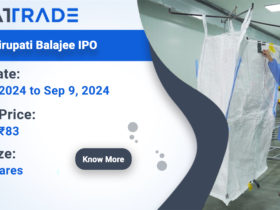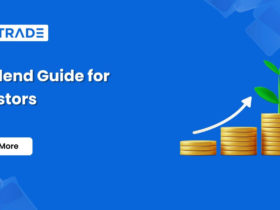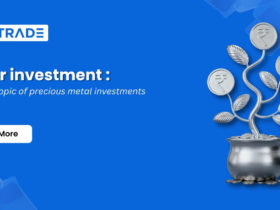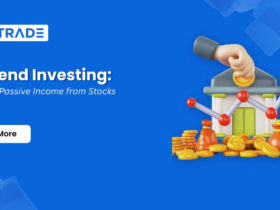An option is a derivative contract that is bought and sold between two parties. The buyer of the contract has the right but not the obligation to exercise the contract, while the seller of the contract has the obligation to acknowledge the buyer’s decision, if the buyer exercises the contract.
Call Option: A call option is a derivative option contract that gives the buyer of the contract the right but not the obligation to buy the underlying asset on the expiry date.
Put Option: A put option is a derivative option contract that gives the buyer of the contract the right but not the obligation to sell the underlying asset on the expiry date
Call Option Seller: A call option seller sells a contract if he/she thinks the price of the underlying asset will not go higher. A option seller is also known as option writer.
Call Option Buyer: A call option buyer buys a contract if he/she thinks the price of the underlying asset will go higher in the future.
Put Option Seller: A put option seller sells a contract if he/she thinks the price of the underlying asset will not go lower.
Put Option Buyer: A put option seller sells a contract if he/she thinks the price of the underlying asset will lower in the future.
Strike Price: It is the price at which the buyer and the seller have agreed to enter into an options contract.
Spot Price: The spot price is the current market price or last traded price of the underlying asset. It is also know as underlying (asset) price. The asset can stocks, bonds, indices, commodities, etc.
Option Premium: Option Premium is the money that is paid by the option buyer to the option seller/writer to buy the option contract.
Option Expiry: It is the day on which the option contract expires as the buyer did not exercise the option contract. If the buyer does not exercise the option contract, he/she loses the premium that was paid to buy the contract.
Long Position: If you are create a fresh buy position, then you are in a long position. If you buy a call option, then it is called Long Call Position and if you buy a put option, then it is called Long Put Position.
Short Position: If you create a fresh sell position, then you are in a short position. If you sell a call option, then it is called Short Call Position and if you sell a put option, then it is called Short Put Position.
Moneyness of Option: Moneyness of an option tells you about the relationship between the strike price of a contract and the price of its underlying asset. Moneyness describes the intrinsic value of an option contract at present. The moneyness can be categorised into three stages: In The Money (ITM), At The Money (ATM) and Out of The Money (OTM). As the price of the underlying asset fluctuates, the option contract will move between these three stages. We will look about this in detail in a separate article.
Intrinsic Value: The intrinsic value is the difference between strike price and spot price. For all practical purpose, please remember the intrinsic value cannot be a negative.
Option Greeks: The various factors that affect the option contract and the corresponding premium of the contract are called Option Greeks. There are four main Option Greeks, which we will discuss in a separate article.
To read about the difference between Call Option buyer and seller, click here





